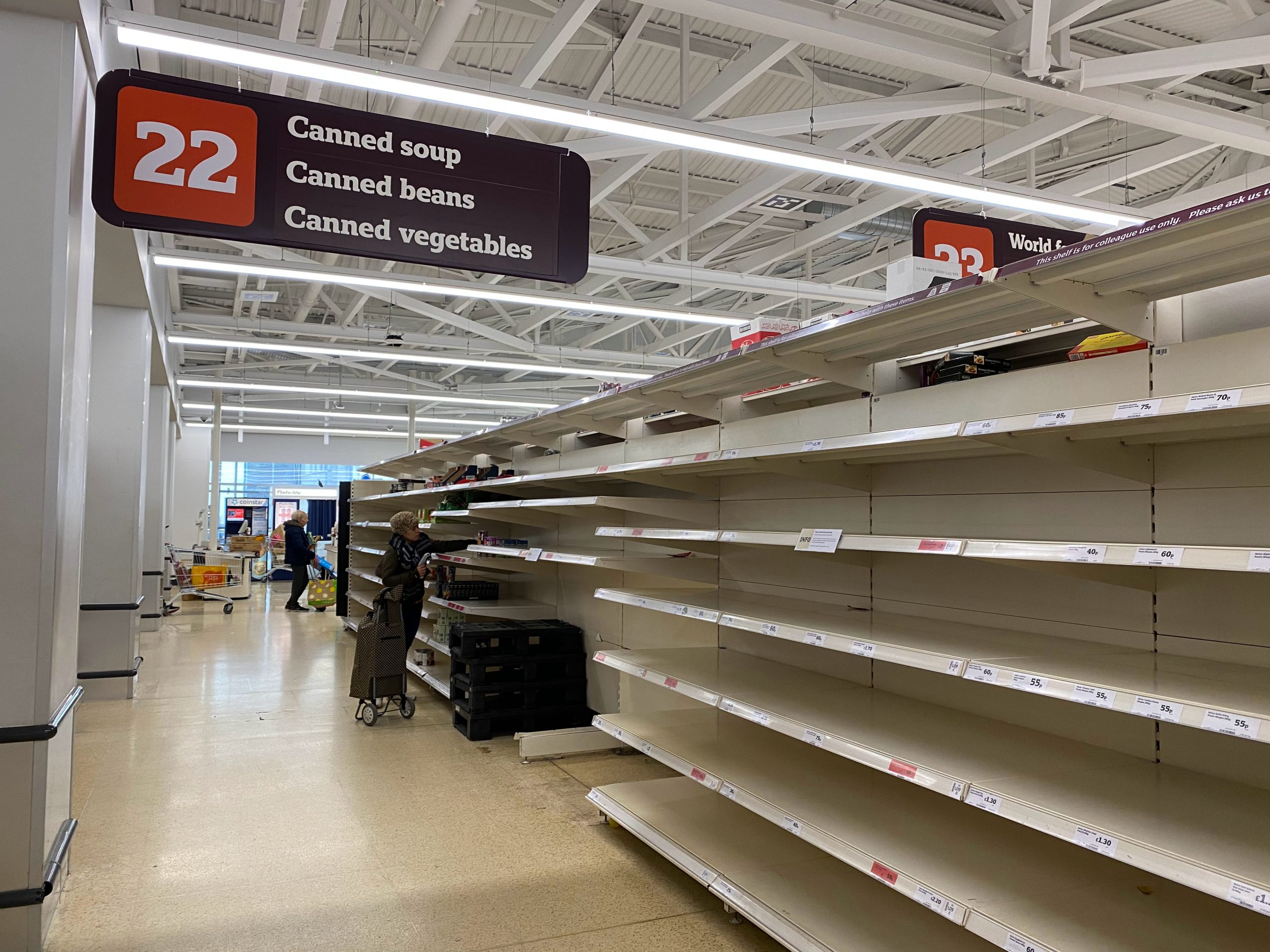The National Research Council of the National Academies’ assessment on “Food Insecurity and Hunger in the United States” argues that “prior to the development of the current standardized measure of the prevalence of household food insecurity in 1995, estimates of the prevalence of lack of access to food varied widely and there was little consensus over which measure was most accurate.” While the history of food inequality in the United States is not perfectly statistically documented, it is clear what conditions gave it rise.
Food inequality and the lack of access to resources go hand in hand with the way society has treated minorities in the past. Post-slavery attempts at creating a Black subordinate class, such as Jim Crow laws, redlining and mass incarceration, succeeded in systemically impoverishing Black communities. Redlining was used as a strategy to devalue Black communities and led to capital systematically avoiding Black communities when creating and marketing businesses. The food inequality we see today stems from segregative practices such as redlining, as well as the economic disparities evident between races originating from past treatment.
The U.S. Department of Agriculture found that, as of 2019, 10.5%, or 13.7 million, of U.S. households were food insecure. Food insecurity can present itself in a variety of ways.
The phrase food desert is a simplified term used to explain how low-income, often minority, communities lack access to food; however, the term isn’t perfect. The Food Empowerment Project “recognizes the problem with the term food desert, defined by the USDA as mostly being about proximity to food providers, rather than considering other factors such as racism, cost of living, people being time poor and cash poor, cultural appropriateness of available foods, the ability of people to grow their own foods, etc. F.E.P. considers terms like food apartheid and food oppression to be more accurate.”
The reality of food insecurity is much more complicated than simply being far from grocery stores. Furthermore, it is important to recognize that communities that only have access to unhealthy food providers are still living with food insecurity. Food insecurity does not only refer to access to food; it refers to access to healthy and sustainable food. Those who live in communities with access to healthy food but are unable to afford it can also be considered food insecure — the word is all-encompassing.
The Food Empowerment Project also found that “Healthier foods are generally more expensive than unhealthful foods, particularly in food deserts. For instance, while the overall price of fruits and vegetables in the US increased by nearly 75 percent between 1989 and 2005, the price of fatty foods dropped by more than 26 percent during the same period.” Healthier foods are not only geographically out of reach for many low-income minority communities, they are often out of reach financially as well.
The Current Relevance of Food Inequality
Food inequality in the U.S. is still an incredibly consequential problem. Catarina Saraiva and Dave Merrill’s article “Food Inequality Crisis Deepens in U.S. Under Pandemic’s Pressure” finds that while food inequality has always existed in America, the coronavirus has exacerbated the problem. The article argues that “Black Americans are two-and-a-half times as likely as White Americans to have low or very low access to enough food for an active and healthy life. For Latino Americans, the rate is double that of White people.”
Saraiva and Merrill’s piece argues further, that since many Americans live on the border of food insecurity and food access, situations such as a global pandemic push families into food insecurity.
Food insecurity and inequality are also seen on a global scale. War is one of the most grand-scale precursors to food insecurity. Conserve Energy Future cites many other potential causes, such as “lack of access to farming lands, land grabbing, unfair trade rules, fast-paced population growth, biofuels, natural disasters, climate change, wastage of food, market dominance by corporate giants, and the ‘financialization’ of food.”
Conserve Energy Future continues to explain some of the ways that food insecurity can be addressed: “reduce food waste, reducing the risk of commercialisation, improve existing infrastructure programs, improve trade policies, promote diversification, close the yield gap, and work towards defeating climate change.”
Some of the worst cases of food insecurity that currently exist in the world can be attributed directly to the problems outlined by Conserve Energy Future. Concern Worldwide US’ “The World’s 10 Hungriest Countries in 2020” cites both the pandemic and economic downturn as well as “a devastating outbreak of locusts that have decimated crops” in “many of the countries most vulnerable to hunger and food insecurity.”
According to the article, the most extreme case of food insecurity is seen in Chad, which boasts a 39.6% child undernourishment rate, citing “the ongoing effects of climate change” as well as “an influx of refugees from conflict-torn Nigeria, Sudan, and the Central African Republic — all of whom need emergency food assistance.”
While food insecurity is present to some degree in all countries, the United States has one of the most racially divided examples of food insecurity, due to the United States’ adamancy in fostering segregation and the lack of opportunities for racial minorities. The United States’ failure to address food insecurity, apparent in the high number of low-income Black and Latino communities that still do not have access to healthy food, is mirrored in the many other ways that minority populations are still systematically marginalized. Food inequality in the United States goes hand-in-hand with the systematic racism that exists in American drug policy, incarceration, policing, etc.
While strategies such as avoiding commercialization and fighting food waste are great attempts at ending food inequality, the further question to be asked is: How can the United States create a society where problems such as food access are not racial issues, but problems that can be tackled as a community and as a nation?

















